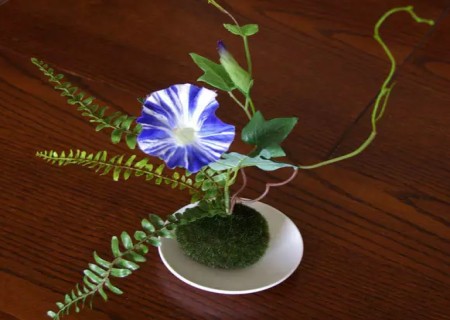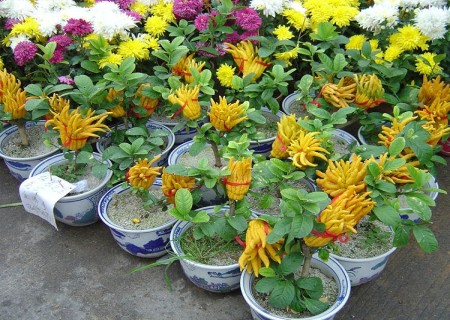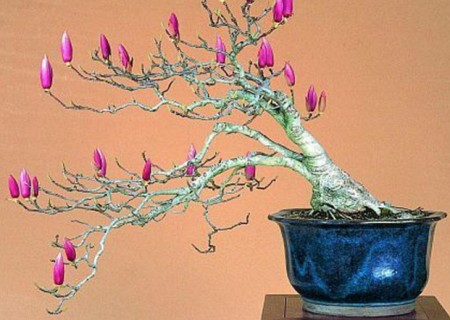The reproductive mode of bryophytes
Mosses are higher plants with primitive status in the plant kingdom. They play the role of "amphibious" in the plant kingdom. They are generally suitable for damp environment, with unique color, delicate texture, fast growth, not easy to be invaded by pests; growth posture and color are also rich in changes, there are upright, creeping, pendent, tree-like, flat, etc., some species of leaves have luster, such as silk moss, there are some species can shine in the dark, such as luminescent moss. Because of its high ornamental value and ecological function, it is widely used in landscaping.
Bryophytes can be used to plant, bud or spore seeding propagation, mass production is generally used to plant or bud propagation.

1. Plant division and reproduction
The Yangtze River Basin and the vast areas south of it are mostly carried out from May to September. At this time, the temperature is high, rainy days, air humidity is large, the physiological function of the plant is very vigorous, suitable for the growth and development of most mosses, it is the best period for ramet reproduction. Moss like to grow in acid soil, sub-propagation matrix, available yellow mud, river sand and rotten leaf soil equal parts, fully mixed, and then strictly sterilized by high temperature. The specific method of plant division propagation is to plant the separated mother plants or clusters in the matrix, maintain a high humidity environment, and survive about a week later. It can then reproduce itself naturally.
2. Bud propagation
During vegetative growth and reproductive growth of mosses, many adventitious buds lurk among leaves and branches. These adventitious buds, while absorbing nutrients from the mother, are also carrying out physiological and biochemical activities, developing adventitious roots and becoming a complete plantlet. If it is excised from its parent plant, planted separately, and continues to grow after survival, it is an independent plant. Therefore, in the vigorous season of moss growth, select healthy adventitious buds, bud propagation, you can obtain new plants.
As a plant that has emerged in recent years, moss is very plastic. Because it is small and easy to shape, it is used by many people to make mini bonsai. Bryophytes often reproduce vegetatively, but they can also reproduce spores on culture media. There are three common methods for vegetative reproduction:
1, hole planting
Five or six plants are planted in a hole, and planted on the flat ground at certain intervals;
2. Pieces
Lay moss pieces on the pre-leveled land, press them slightly, sprinkle them with water, and make them closely connected with the soil surface;
3. Broken stem
Moss regeneration is very strong, will moss cut into fine sections, evenly spread on the level of good land, and then covered with a layer of fine soil can grow.
Key points:
Most bryophytes are adapted to acidic soils and can use peat soil as an acidic substrate. Bryophytes have strict requirements for air humidity, and some sprinkler irrigation or spray devices should be used to properly adjust air humidity in order to facilitate moss growth.
At the beginning of planting, bryophytes have weak competitiveness and other higher plants are easy to invade. Therefore, attention should be paid to strengthening weeding. When mosses are densely coated on the surface of the substrate, weeds are almost impossible to invade.
Time: 2019-06-10 Click:
- Prev

Bergamot belongs to the variety with small annual consumption, the market attention is not high, the market drug dosage is not large, the supply has been sufficient, and the price has been depressed, but recently it is not calm, and the market has increased rapidly and obviously. Potted bergamot naturally attracted the attention of many businesses. Bergamot
- Next

Grafting method / technique of potted Magnolia
Purple magnolia is not only large and beautiful flowers, graceful flowers, fragrant smell, high ornamental value. Purple magnolia flowers are gorgeous and pleasant, fragrant and elegant, whether cultivated alone or multiple plants together are very beautiful, mainly used for greening the environment, we can often see them on both sides of the road. The purple magnolia has a beautiful shape.
Related
- Fuxing push coffee new agricultural production and marketing class: lack of small-scale processing plants
- Jujube rice field leisure farm deep ploughing Yilan for five years to create a space for organic food and play
- Nongyu Farm-A trial of organic papaya for brave women with advanced technology
- Four points for attention in the prevention and control of diseases and insect pests of edible fungi
- How to add nutrient solution to Edible Fungi
- Is there any good way to control edible fungus mites?
- Open Inoculation Technology of Edible Fungi
- Is there any clever way to use fertilizer for edible fungus in winter?
- What agents are used to kill the pathogens of edible fungi in the mushroom shed?
- Rapid drying of Edible Fungi

